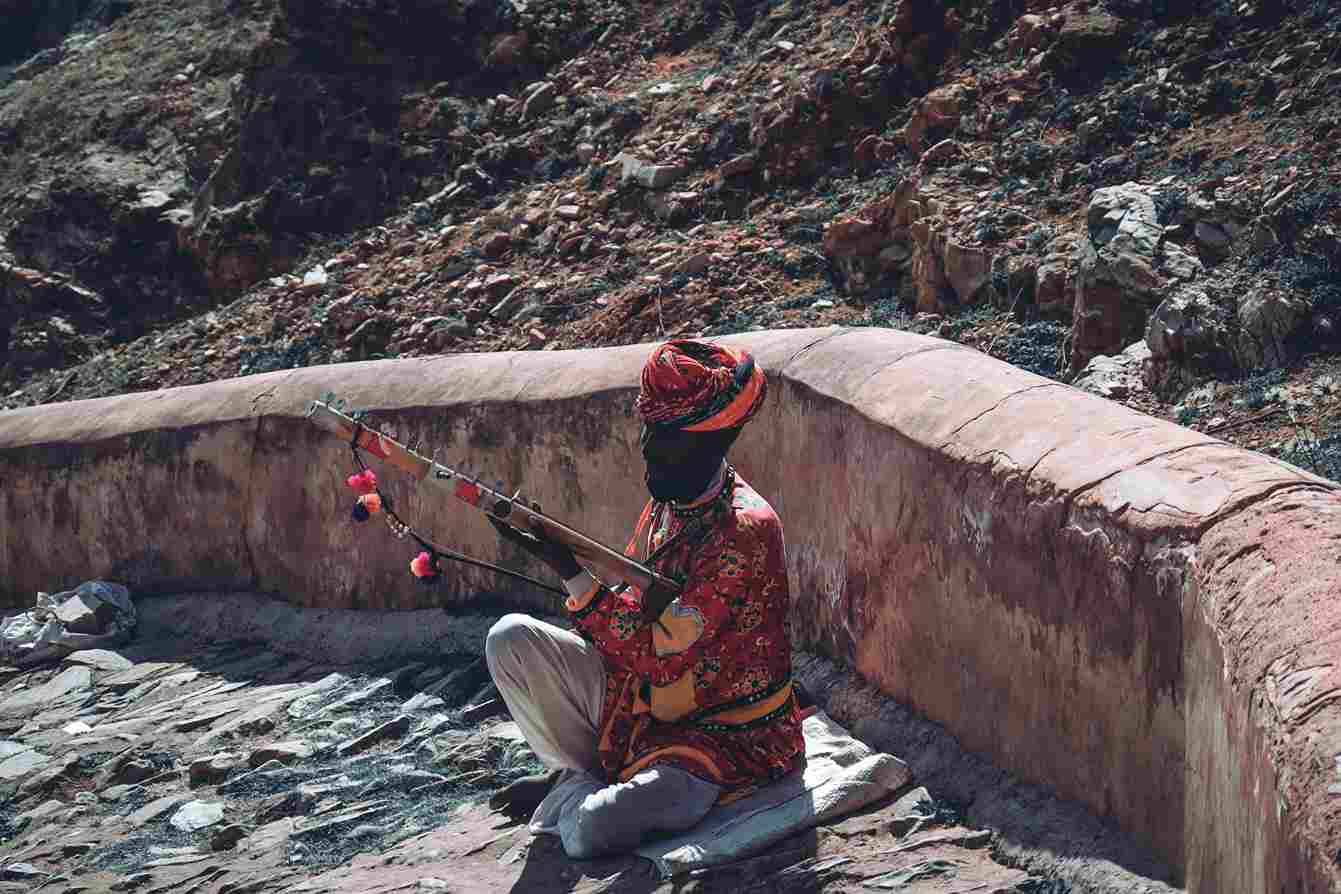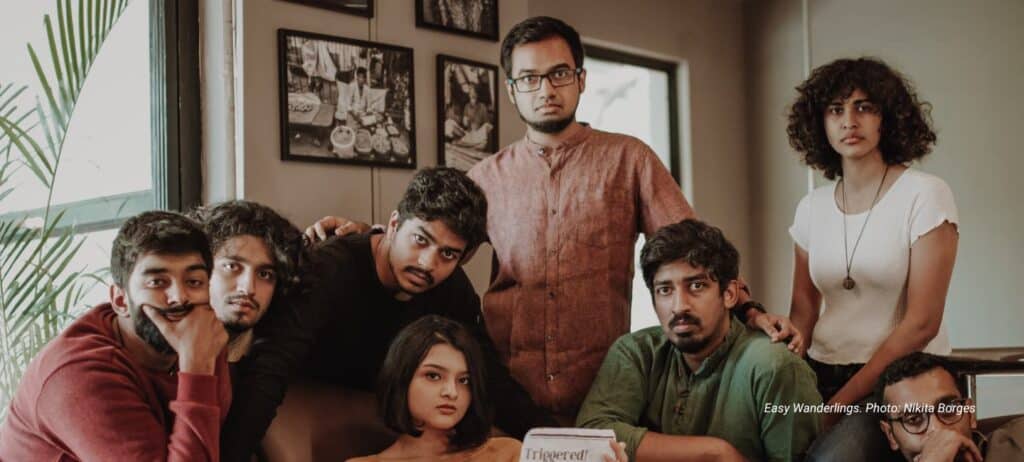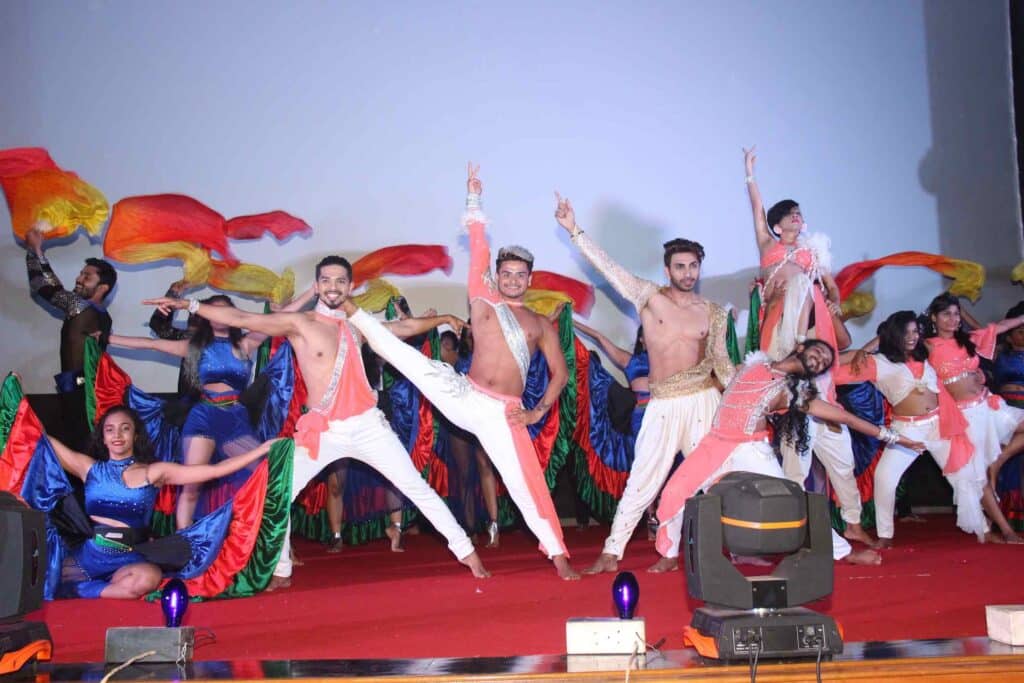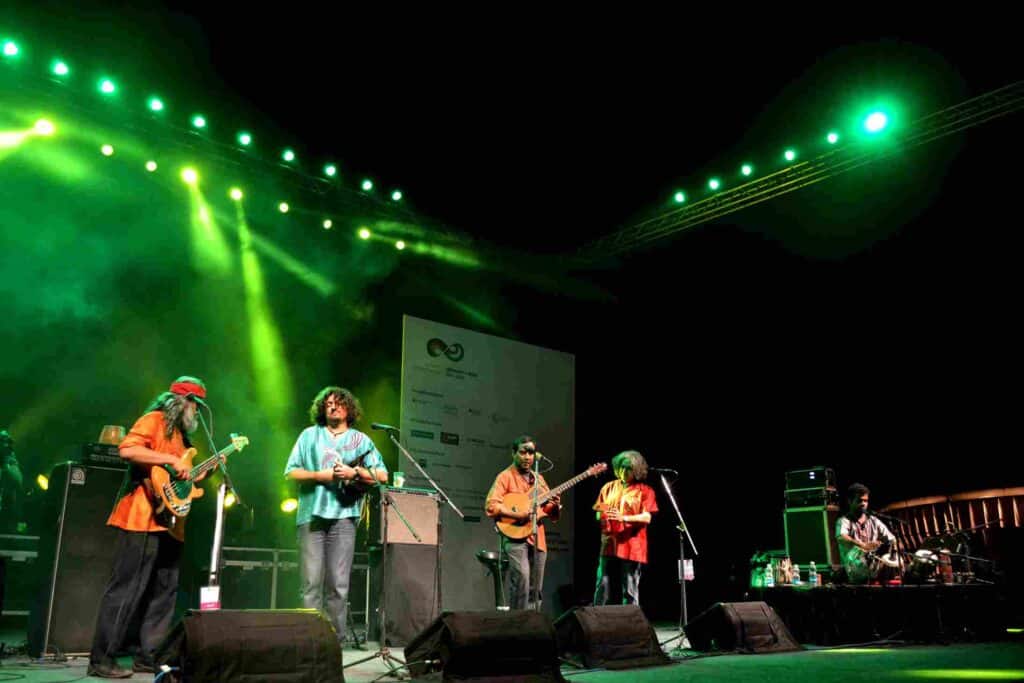Arts sponsorship from corporate India, always precarious, has declined in 2020, leaving the sector even more hamstrung.
Any discussion on funding for artists, organisations and cultural projects is often suffused with an eternal tension between arts and commerce. The sources of such funding – ranging from private patronage, religious and royal patronage, state support and more recently, the ticketing model and commercial revenue generation – have evolved over the years along with the raison d’être for funding the arts. Of these, it’s the corporate sponsorships that attract the most attention and are often highlighted as the cause of the aforementioned conflict.
In his paper on Corporate Arts Sponsorship, Volker Kirchberg credits business world participation for extending additional credibility to cultural organisations, as worthy contenders to receive more non-profit and public funds. “The support by a prestigious corporation is an effective catalyst for more funds from other corporations and funding sources outside the business world… Corporate support is essential for the creative edge, the additional innovative cultural quality of an arts organisation that can be achieved only by additional resources… without corporate support, most arts institutions may survive but not develop their attractiveness,” he explains. Corporate support is also seen to be necessary as a quick band aid for financial emergencies, especially in an economic recession. “…without quick, non-bureaucratic response, many arts institutions might not survive a crisis,” he declares. With the culture sector facing the heat from the pandemic-induced global economic recession, support from the corporate sector will become even more vital. Considering this, Culture Wire takes a closer look at sponsorship trends, and what the future of sponsorship looks like in India.
The cultural funding pie in India
The performing arts sector in India is funded through several mechanisms such as grants, donations by the central and state governments, private corporations, foundations, trusts, and developmental organisations. There is a small but growing body of self-funded cultural initiatives and projects, which rely on for-profit structures and models of operations that include event management and festivals. However, compared to other countries, the allocation of funds for culture—both in public and private domains—remains woefully low, noted a 2016 FICCI and Ernst & Young (EY) report on creative arts in India. ‘The private sector is not generous in supporting cultural causes. Corporations in India do not see it as their social responsibility to assist the arts, as it comes way down the list of priorities of CSR (Corporate Social Responsibility) funding’, the report stated.
A key share of the funding pie is occupied by donations and patronage. Confederation of Indian Industry’s (CII)’s annual CSR tracker from 2018, states that nearly 60% of India’s funds for CSR are spent on education and healthcare. Rural development, scientific research, and agricultural extension take up the next three spots to make up the top five claimants to CSR funding. However, the report noted that national heritage is a ‘fast-rising segment’, with spending on the preservation of national monument-related projects going up by 153% that fiscal year. This trend is further backed by the 2019 Art Tactic India Art and Philanthropy Report 2019, which noted the steady rise in private funding for visual arts with 32 new initiatives (organisations, museums, artist grants) being started between 2008-18. “(This is) more than double the number of philanthropic art projects and foundations existing pre-2008,” writes Tarana Sawhney, chairperson, Confederation of Indian Industry (CII) task force on art and culture, and board member, Foundation for Indian Contemporary Art, in the report.
However, 2020 has changed the narrative of CSR in more ways than one. This year, over 50% of corporate India’s annual CSR spends have been directed towards the PM CARES Fund and other COVID-19 relief efforts, leaving precious little for other non-profits, including arts-based organisations. In this light, sponsorship, which typically accounts for another big chunk of the funding pie, has the potential of being the lifeline of cultural events and projects.
Insights from the India Sponsorship Summit 2020
At the recent, digitally held India Sponsorship Summit 2020 (ISS), by Believe Entertainment, a global brand strategy and experience development agency, participating brands and marketing heads of organisations laid bare their concerns around audience engagement and value since March 2020. Speakers indicated that the next six months will see shrinking marketing budgets and limited allocations for sponsorships, given the closure of public events and the uncertainty of the entire economic situation.
Brands in sectors such as alcoholic beverages and automobiles have traditionally allocated marketing spends to live events, due to varied reasons including product engagement (virtual test drives are really no fun) and regulatory restrictions (direct advertisement restrictions in the case of alcoholic beverages). This led to live events, music, and arts-based properties being sponsored by brands in these sectors. With a complete shutdown of live events, the promotional avenues for these companies have severely shrunk. Udit Mediratta – Director of Marketing, AB Inbev India, said, “For a while, homes would be the new spaces for entertainment and that any customer engagement would have to be driven accordingly.” The space for this engagement at this moment is the screen. “The shift is in marketing and marketing platforms, which is now mainly digital. But not in positioning,” said Sangram Sinha, GM and Head of International Business, Pernod Ricard India. The question that begs to be answered then is, how do you define engagement, value, and success in the digital-verse for the sponsoring brands?
How brands measure success in a COVID-19 driven market The sound economic advice meted to all businesses during the pandemic was to hold on to cash flows and spend only in areas which bring in revenue. “Hence, currently, the only measurement for brand is sales,” declared Rajiv Dubey, Head of Media, Dabur India Limited. This territory comes with traditional matrices such as product placements, the number of times a brand has been mentioned and sales to justify sponsorship spends. However, brands are also seeing an opportunity in engaging a wide swathe of consumers, who are looking to be educated, entertained, and energised, in this time while being stuck at home. Companies may manage to stay afloat by holding on to cash flows and focusing on sales, but there’s a bigger judgement call that awaits around how brands contributed to relief efforts or engaged with their customers. As Mediratta said, “Brands will be judged on what they did during COVID-19.” Ultimately, cultural projects and festivals will need to hone in on both the tangible and intangible metrics of success, while seeking sponsorship.
Is content still queen?
Marketing experts at ISS highlighted some sponsorship trends that would hold steady in the coming few months. Dubey said that this is a good time to advertise and spend marketing budgets as, “the viewership is up, media is cheap and people are at home”. But the key differentiator here is going to be the content, and how relevant and contextual it is to the consumer. If the content is good, people are still willing to invest their time and pay for it,” says Rahul Dutta, Head of marketing, HP India.
Dutta emphasises the need to understand the audience, their needs, and to create online content in response to those needs. The themes at play for this kind of content and engagement are, “Inspiration, knowledge, entertainment,” said Aditi Puri, Head of Marketing, CMB & GBM, HSBC India. However, while agreeing that digital events might be the only platform where brands can sponsor, some panellists also believed that it’s merely a poor substitute, and the transition to sponsoring live events will happen as soon as the circumstances become amenable to it.
The murky water of sponsorship
When sponsorship monies do come in, the next question is the colour of those monies. Globally, acceptance of brand sponsorships by cultural organisations has been viewed by a critiqued ethical lens in recent times. Some recent examples include controversies surrounding the title sponsorship of last year’s Jaipur Literature Festival (JLF), the Man Group pulling out of the Booker Prize, and the protests around British Petroleum’s ties with the British Museum, which led to some cultural organisations letting go of their sponsorship from these brands. This has led more and more cultural organisations to critically examine the companies they collaborate with.
Questions about the source of sponsorship monies aren’t easy to answer. But Sanjoy Roy, who heads Teamwork Arts (the company that organises JLF), took a firm stand at CultureCon earlier this year, and said, “This could be a matter of endless debate, for there is no way to really decide what the colour of money is. Small private firms are staunchly criticised when accepting funds from ethically problematic corporates. But the money of governments, which are often the perpetrators of the worst kinds of evil, is seldom questioned. The scope for controversy is vast in this sphere, so every organisation must decide for itself where it wants to draw a line and which partners they choose to work with.”
Between ethics and survival
The year of the pandemic has necessitated many organisations – cultural or otherwise – to cut corners. For many, it may have spelt cutting ethical corners too for when the choice is between surviving and doing the correct thing, most tend to choose the former. Artists as keepers of a society’s conscience, may find this predicament twice as hard.
British arts writer, Michelle Wright, offers both, a blunt reminder and an example of messy history for those struggling to choose: “The sponsor reports to private interest and the charitable arts organisation to the interests of the public. Sponsorship isn’t philanthropy; it’s a business exchange and in this context, if a sponsorship can’t work for either party, then it shouldn’t be entered into.”
“….[however,] as long the partnership… [is] autonomous in terms of artistic practice, that investment… [can do] a lot of good. And before we get too moralistic, let’s not forget that the tobacco industry, …enabled many of our music and dance organisations to be where they are today.”
This article was first published in Culture Wire on 15 August 2020.




Share on